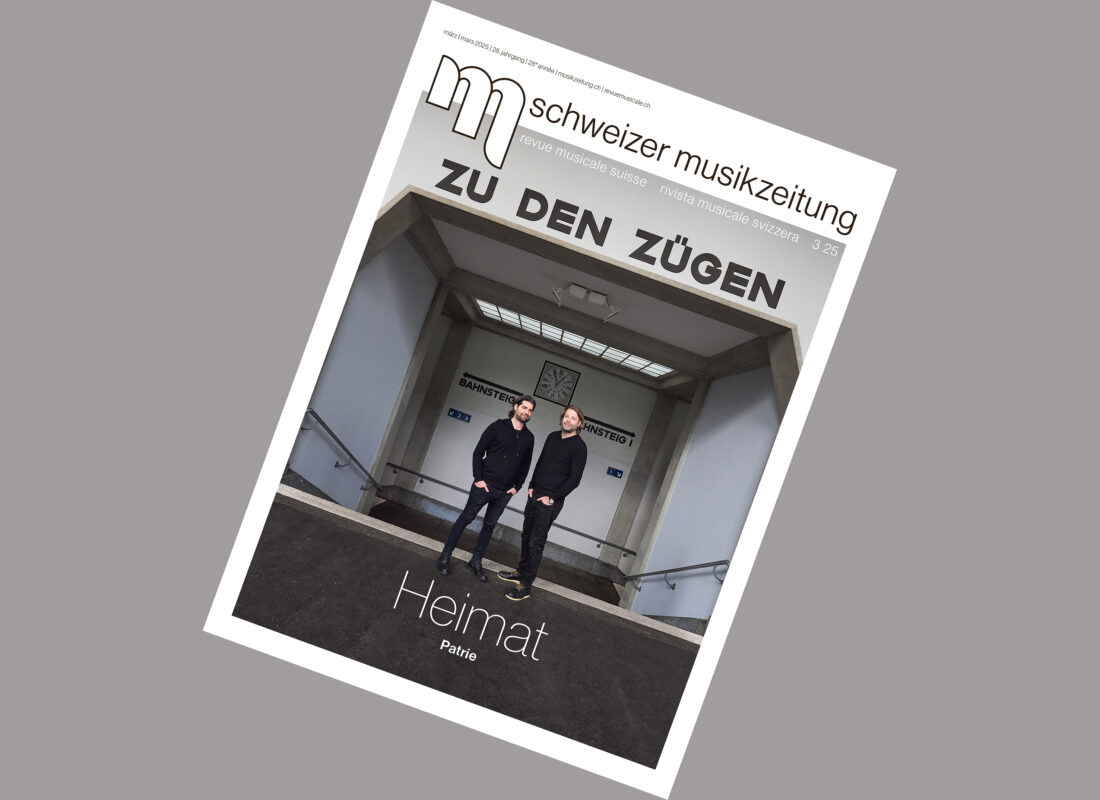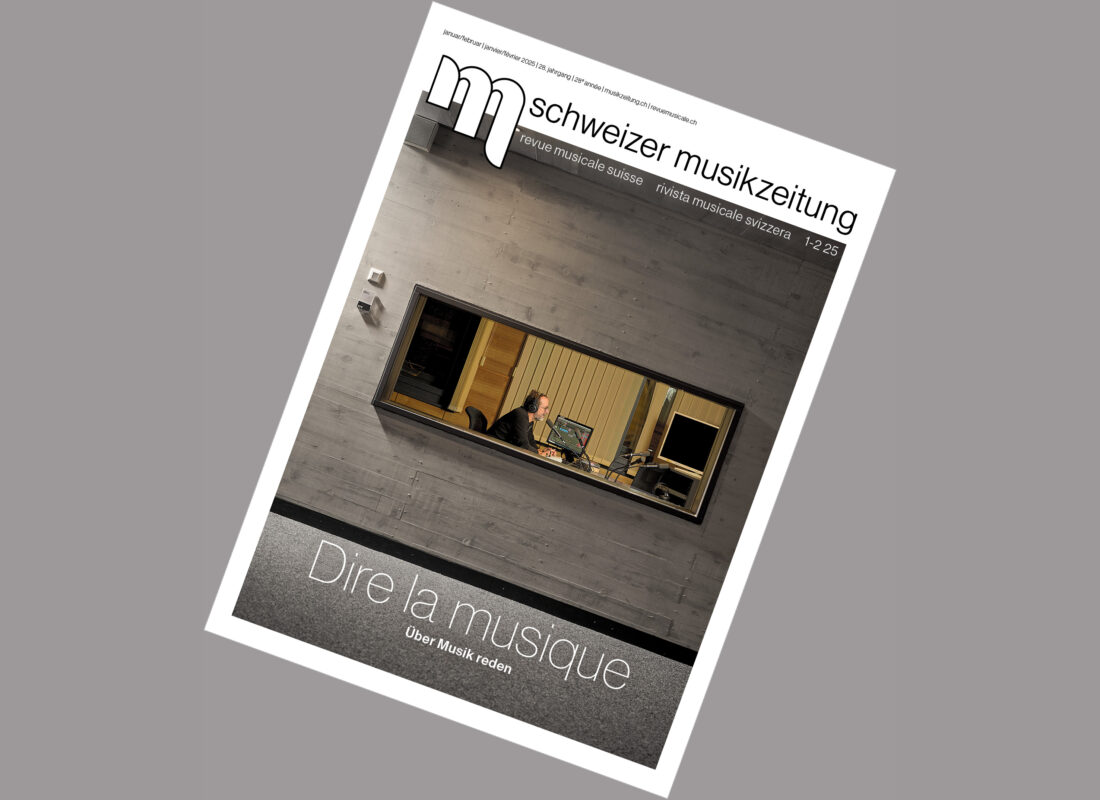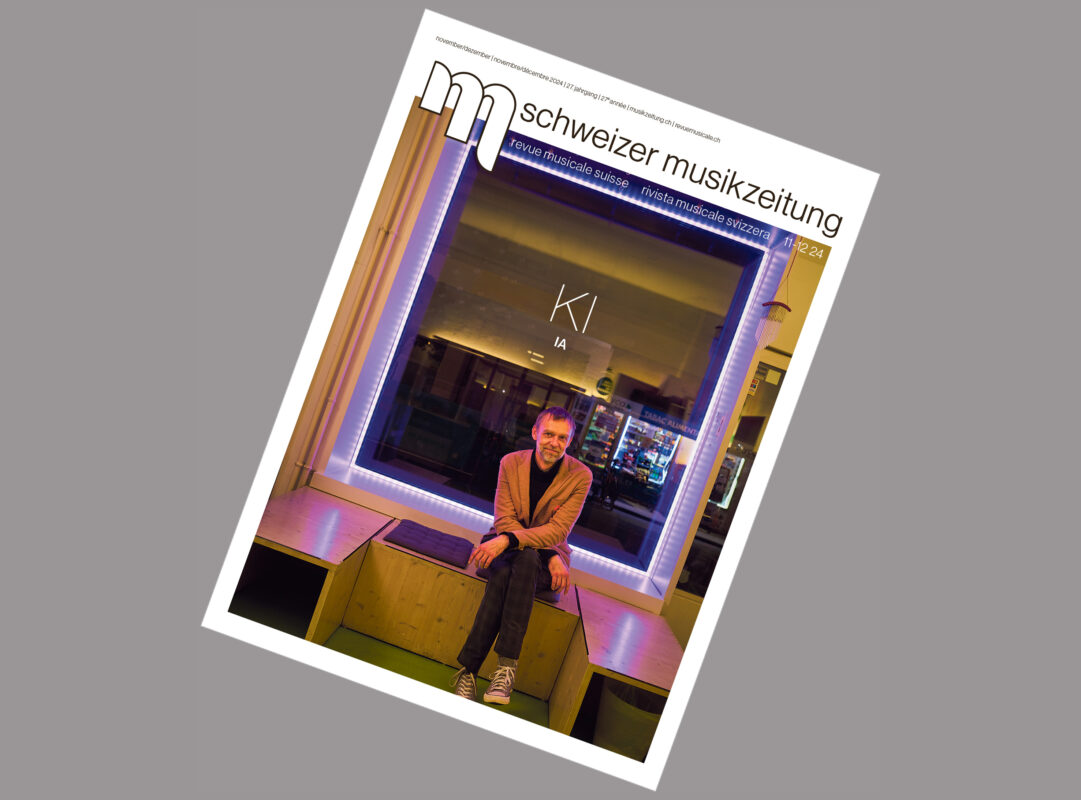Heritage, diversity and the future
On November 20, 2015, the Swiss Music School Association celebrated its 40th birthday in Biel. The keynote speaker was Helena Maffli, President of the European Music School Union. She has given the SMZ permission to publish the text of her speech here. Thank you very much!


On November 20, 2015, the Swiss Music School Association celebrated its 40th birthday in Biel. The keynote speaker was Helena Maffli, President of the European Music School Union. She has given the SMZ permission to publish the text of her speech here. Thank you very much!
Dear colleagues,
Très chers amis,
I am extremely pleased that we are able to celebrate the 40th anniversary of the Swiss Music Schools Association together today, thank you very much for the invitation! It is a special honor to be the guest speaker at this celebration, and I have taken this task very seriously. I have chosen "Heritage, diversity and the future" as my theme. This is not an original invention but a pure loan - but it's worth copying the good ideas, don't you think?
The fact that Europe has come to the good idea The idea of founding a national music school association was not that long ago. On the other hand, we all know that the founding of conservatories in the sense of public institutions of musical education dates back over 200 years. Le Conservatoire National Supérieur de Paris came first, in 1795, and in the following decades the founding movement spread to most European centers. In Switzerland, Le Conservatoire de Musique de Genève was the first to be founded in 1835, followed by Bern, Lausanne, Basel, Winterthur and Zurich in the forty years that followed. In these schools, it was generally possible to study in the same building from childhood to the completion of professional studies: the continuum of musical education was a matter of course.
Youth music schools, on the other hand, are a phenomenon of the post-war period. The major socio-cultural transformations, the new sense of identity and the general reconstruction after the war also favored the progressive emergence of a much broader musical education than before. In this context, it is no coincidence that France and Germany were the first to establish a national music school association in the 1950s.
In the sixties and seventies, the number of music schools increased rapidly, both in Switzerland and throughout Western Europe. Most music school associations in Western Europe were also founded at this time.
Eastern Europe, on the other hand, developed a different model based on the Soviet model, with centralized music schools and with the aim of promoting talent rather than the masses. During the Cold War, West-East contacts were extremely limited, but after the fall of the Berlin Wall, most Eastern European countries also founded music school associations.
The links between the Swiss Association of Music Schools (VMS) and the European Music School Union (EMU) have been close and steadfast since the founding of the two organizations, EMU in 1973 and VMS two years later. We in the EMU are very grateful for this loyalty over the decades and for the many good examples set by the VMS. I will return to this topic in the third part of my speech.
Héritage, Diversité, Futur. In Switzerland, diversity is an integral part of the heritage, just like in few other countries in Europe. More than 50% of the Swiss have at least one grand-parent from abroad, even though diversity is part of the identity of this population and (I quote) "multiculturalism is inscribed in the Swiss reality to the extent that it has integrated our subconscious", according to a quote from Neuchâtel native Gabriel de Montmollin. Anyone or anyone - like myself - who comes from a centralized country spends just a few years trying to understand this land where the customs and traditions, dialects, menus, architecture and everything else change as the landscape that we have admired since the trains of the famous Swiss railways passes by!
But it was even more exciting for me to discover that in this small country the same ways of thinking about teaching as well as the traditions and pedagogical practices are just as varied, whether in public schools or music schools. However, I would like to point out to you that I was not really aware of this when I was working at the Lausanne Conservatoire, before I started teaching colleagues from all over Switzerland thanks to my experience on the ASEM committee and in its work. Little by little, I then realized that Switzerland as such and Swiss pedagogy are a mini-Europe, and nothing surprised me more in the diversity of the European networks.
"Unity in diversity" is both the beautiful European motto, the ideal of Switzerland and the source of the richness of our culture and our music. But it is such a demanding context! Concretely ensuring this demographic, political, linguistic and educational diversity is a daily task that requires a great deal of commitment and effort. ASEM offers an extraordinary national platform for meetings and debates that can be lively, but never destructive. Over the decades, it has always been possible for ASEM to find solutions to the most diverse problems because, ultimately, the whole world has been le choix de travailler ensemble à long terme. This calls for patience. I have heard it said that in Switzerland the mills turn slowly ("In Switzerland the mills grind slowly"). For me, the sense of this slightly moqueuse phrase is positive. I believe that Switzerland is still this "nation of will" that is prepared to face the ever-growing challenges of the world today and is capable of finding solutions.
" Plus vous saurez regarder loin dans le passé, plus vous verrez loin dans le futur"/" The further you can look back, the further you will look ahead " (Winston Churchill). The 40-year existence of the Swiss Association of Music Schools contains many aspects and solutions to problems that can be admired from a European perspective. I see the following valuable elements:
- strong networking with the entire Swiss music sector, in which the VMS has acquired a proactive and pioneering role
- a patient and pragmatic structure of the association organization (renewals without revolutions)
- the unique pension fund for music and education, an ingenious business model that has been around since 1978
- the Forum Musikalische Bildung, a national platform that has become sustainable
- -The driving force of the VMS in political work, I am thinking above all of the development of the popular initiative Youth and Music and the ongoing implementation of the constitutional article, and - last but not least :
- the permanent international networking of the VMS. You should know that the 7th European Youth Music Festival of the EMU 2002 in Switzerland - a huge challenge for the VMS - was one of the very best festivals for the European participants, thanks to the support of every single group from a music school in one of the regions of Switzerland. It was a tangible and unforgettable experience of Swiss diversity in all its dimensions.
On our shared journey into the future, it is now more important than ever to look for global signposts. If there is any sovereignty over national and international educational organizations, it can only be Unesco, and here I would like to recall the second Unesco World Conference on Arts Education in Seoul in 2010. The Seoul Agenda, the result of this conference, was unanimously adopted by all Unesco member states around the world. It is a concrete action plan with practical strategies and recommendations for action and consists of three objectives:
1.Den Access to artistic and cultural education as a fundamental and sustainable component of a high-quality renewal of education.
2.The Qualityt the conception and implementation of artistic and cultural education programs.
3. apply the principles and practices of this education in order to contribute to the management of today's social and cultural challenges to contribute.
These three goals are difficult to separate and are closely interrelated. The first two objectives, access and quality, are dealt with almost constantly by all music schools in Europe that I know of. In contrast, the third goal, social and cultural challenges, remains much more distant from the debates about the future of music education and music schools. One can guess the reasons for this. Nevertheless, there is a growing general awareness of our holistic responsibility for education in a world of globalization, migration and uncertainty. None of us is too small or too big to implement this third goal in our own way and in our own place, be it at the individual, school, regional, national or international level.
Switzerland is at the forefront of Europe in many musical matters: the number of members of the Swiss Music Council, the number of students in music academies and learners in music schools (we are no. 2 in Europe), the growth of the concert industry, the number of amateur orchestras and choirs, and so on. That is why our responsibility is perhaps even greater to do everything we can, all together, to ensure that the journey into the future goes in a good and safe direction.
40 years is a wonderful age: you have experience without too much weight of the past and there is still a lot to learn and experience. I wholeheartedly congratulate the Swiss Music Schools Association and all its past and present contributors and wish them much strength, joy and success for the future.
Advance - connect - support / anticiper - unir - soutenir : quelle belle vision, qu'elle vous porte toujours plus loin, chers amis !
Overview of the most important events in the history of the VMS
The article A "small" VMS anniversary from the VMS is available on the subpages of the Swiss Association of Music Schools. Please click here.
Report on the anniversary celebration in Biel on November 20, 2015
You can download the PDF of the report from SMZ 12/2015, p. 29 here download.

- Photo: Heiner Grieder
- The duo Calva presented the birthday party brilliantly.
The VMS President and former VMS Presidents were also captivated by the musical wit of the duo Calva:
Hector Herzig (1st from left)
Hans Brupbacher (2nd from left)
Willi Renggli (1st from right)
Christine Bouvard, current VMS President (2nd from right)

- Photo: Heiner Grieder








